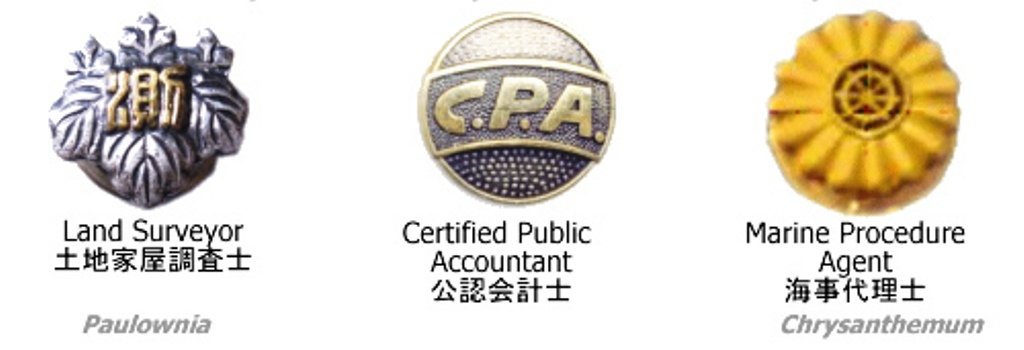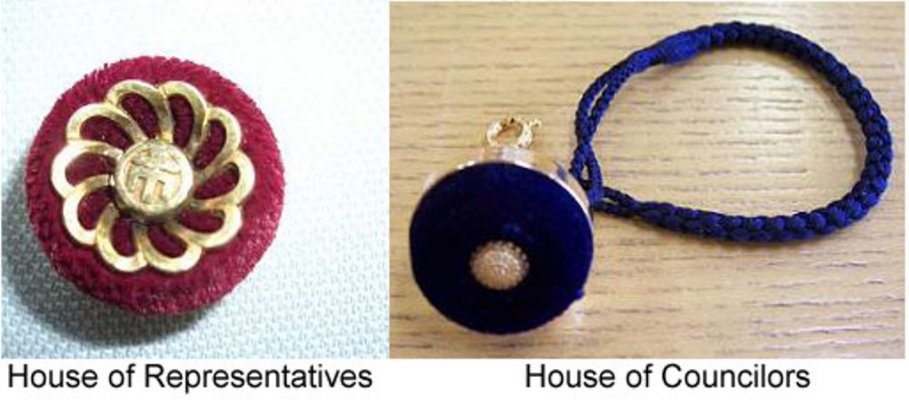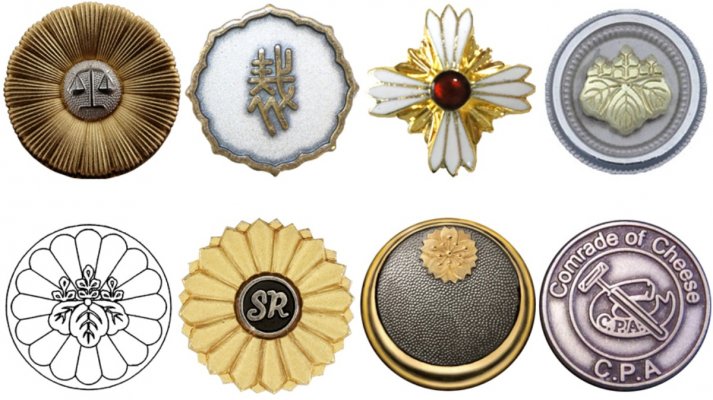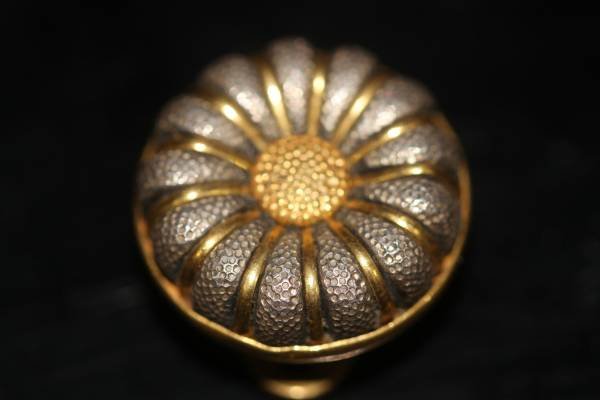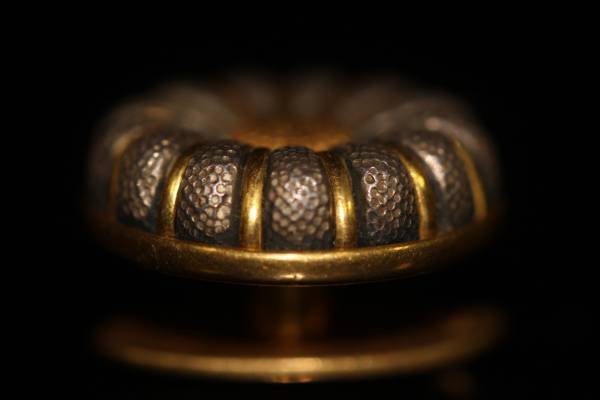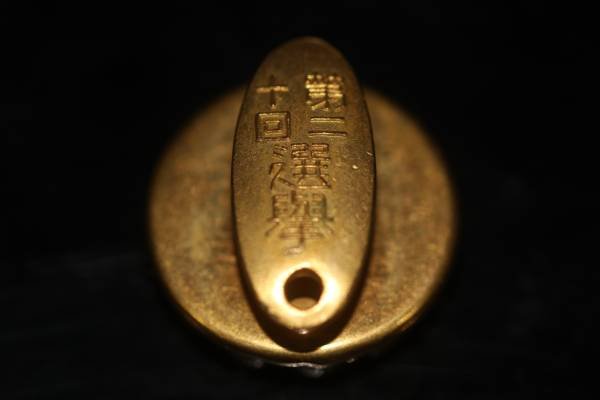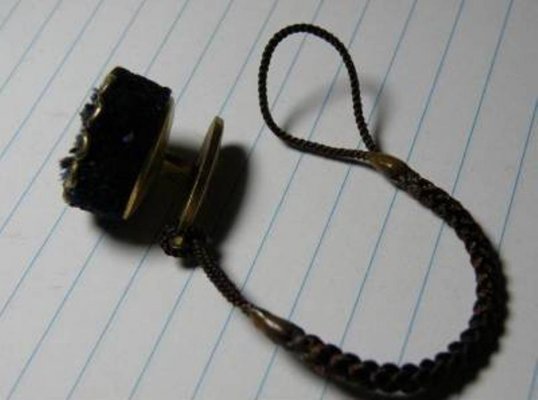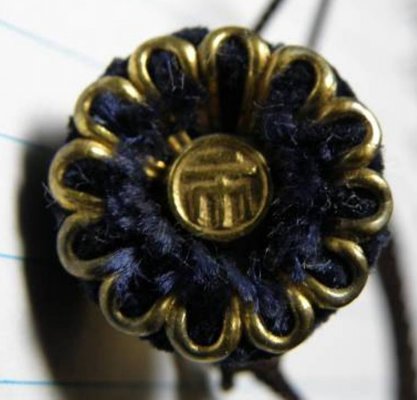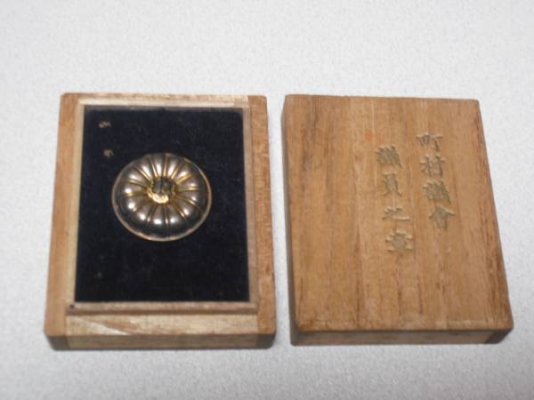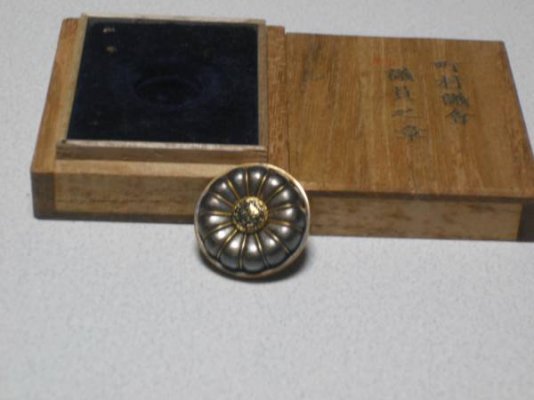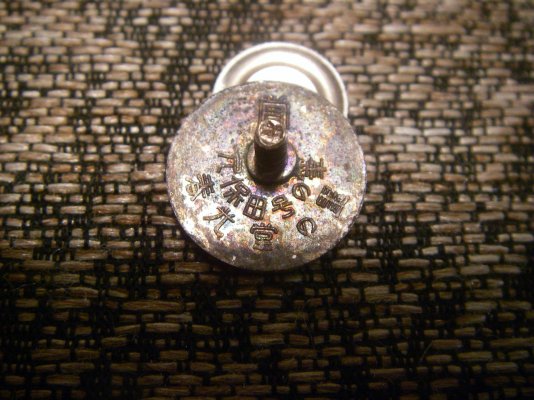Вы используете устаревший браузер. Этот и другие сайты могут отображаться в нём некорректно.
Вам необходимо обновить браузер или попробовать использовать другой.
Вам необходимо обновить браузер или попробовать использовать другой.
Лацканные знаки
- Автор темы nikito
- Дата начала
Забавная статья Колина Джонса об этих значках
Badges of honor: what Japan’s legal lapel pins really mean
BY COLIN P.A. JONES
I finally have a lapel badge. After almost two decades of working in Japan-related law jobs, this is a big deal.
You have probably noticed a lot of Japanese men (and, increasingly, women) in suits with pin badges in their lapels. Some may even bear familiar logos: JR, Aeon, Mizuho and so on. But that’s just branding. In law, lapel badges have special significance. This article will help you spot them and understand why.
Most famous is the kishō (badge) worn by trial lawyers (bengoshi) [photo 1]. The scales at the center are an obvious symbol of justice. As bengoshi lawyers are eager to explain, the 16-petal flower around them is a sunflower (himawari), not a chrysanthemum, the significance of which will soon be apparent.
If you spend time around bengoshi, you will notice that their badges are not all the same color. All new lawyers get a shiny gold-plated badge. However, unless they pay extra for a real gold badge (few do), over time the gold wears away to reveal the silver underneath. A silver badge is thus the sign of a veteran, so some novice lawyers try to enhance their credibility by keeping their badges in a coin purse to accelerate the aging process. The really cool lawyers, however, wear their badges backwards, with only the pin cover showing — the rest revealable by a flick of the lapel, should they be called upon to prove their status.
What if your badge disappears at the dry cleaners? Then you have a problem. The badges technically belong to the Japan Federation of Bar Associations, which only lends them to lawyers who, according to the federation’s Rules on Lawyer Badges, must return them if they are disbarred, convicted of a crime or declared bankrupt or dead.
Moreover, every lawyer in Japan has a unique attorney number that is engraved on the back of their badge. So it is not just a matter of going to the JFBA and getting a new one out of the bucket-o’-badges; they have to make one just for you, engraved with your number and a symbol indicating that it is number two (or three) for you. Finally, notices of lost bengoshi kishō are published in the Kanpo, the government’s official gazette, so everyone in the world knows that you lost your badge (good thing nobody reads the official gazette — except maybe, uh, lawyers).
Nonetheless, the losing of badges seems to happen a lot: According to my entirely unscientific review of recent issues of the Kanpo, a couple dozen lawyers get replacements every month, including the occasional registered non-Japanese lawyer (they also get a badge with the same design, but smaller), so perhaps the stigma is limited.
The bengoshi kishō is not just decorative. Practice rules require it be worn when performing lawyerly duties, though the JFBA now issues a lawyer ID card that also suffices for most purposes. The badge has a long tradition, however, and is a well-established way of confirming a lawyer’s status — important in a courtroom or police lockup. The ability to represent people in court, visit detainees in jail and force government agencies to disclose information — by law, attorneys are vested with various special powers, so the badge serves as a simple way of identifying these individuals.
All the key players in a trial can be identified by their badges. Court employees have one depicting the Japanese character sai (裁 — “to judge,” which is also the first character in the Japanese word for court, saibansho) in a yata no kagami or eight-corner mirror (one of the three sacred Imperial regalia from ancient times). Judges get a gold-rimmed version of the same design [photo 2].
Prosecutors have the most symbolically complex badge [photo 3]. With white chrysanthemum petals and gold leaves, at its center is a red morning sun reminiscent of the Japanese flag. Dating back to 1950, this design supposedly denotes shūsō retsujitsu (autumn frost, scorching sunlight), an allusion to climactic extremes that evokes the harshness of punishment and the constancy of principles expected from the nation’s prosecutors.
That those who enforce and interpret the laws wear emblems with subtle Imperial connections is unsurprising. Under the Meiji Constitution both judges and prosecutors served the throne, and those above a certain rank are still among the rare category of public servants whose appointments are certified directly by the Emperor.
Diet members, the people who (nominally) make the law, also get a pin. Theirs depicts an 11-petal chrysanthemum, with differences in size and color depending upon the chamber.
In 1869 the two-layered 16-petal chrysanthemum was made the official symbol of the Emperor, a single-layered version having fewer petals being used by Imperial princes. Use of the design outside the Imperial Family was prohibited, with exceptions for some temples and shrines. After the war most restrictions were eliminated, but the chrysanthemum emblem retains special significance: It appears on the cover of Japanese passports, and Japanese trademark law prohibits registering trademarks using the design. In fact, together with the Japanese flag itself, the chrysanthemum emblem is registered with the World Intellectual Property Organization as a national symbol that cannot be trademarked in any member country.
Constitutionally, however, the Emperor is clearly subordinated to the Diet, which is designated as the highest organ of state power. So giving Diet members badges that both evoke the Imperial system and suggest the Diet is subordinate is a bit problematic to people who care about such things. Most people don’t, apparently, though in 2005 a Liberal Democratic Party parliamentarian proposed ditching the badges, arguing that they bore an authoritarian symbol that gave some wearers an inflated sense of importance. The chrysanthemum may not have been a problem; in the past, the LDP itself used a 14-petal version of the flower as a party logo (this, too, was available in badge form).
Just like lawyers, judges and prosecutors, elected representatives also have a special status. Yet until the lapel badge was introduced, the only proof of this status was the free train pass issued to Diet members. Japan’s bicameral Parliament has over 700 members, and after any given election, dozens of them may be newcomers. Thus, symbolic issues aside, the badge serves the basic purpose of letting guards know who they should allow into the assembly chambers.
Yasuo Fukuda was once famously denied entry to the House of Representatives for not having his badge, despite the fact that at the time he was prime minister (he got in by borrowing a deputy’s). When the Cool Biz summer dress code was adopted in 2005 under Prime Minister Junichiro Koizumi, people stopped having lapels to wear pins in for part of the year, and Diet members were issued ID cards as additional proof of their status.
Badges of honor: what Japan’s legal lapel pins really mean
BY COLIN P.A. JONES
I finally have a lapel badge. After almost two decades of working in Japan-related law jobs, this is a big deal.
You have probably noticed a lot of Japanese men (and, increasingly, women) in suits with pin badges in their lapels. Some may even bear familiar logos: JR, Aeon, Mizuho and so on. But that’s just branding. In law, lapel badges have special significance. This article will help you spot them and understand why.
Most famous is the kishō (badge) worn by trial lawyers (bengoshi) [photo 1]. The scales at the center are an obvious symbol of justice. As bengoshi lawyers are eager to explain, the 16-petal flower around them is a sunflower (himawari), not a chrysanthemum, the significance of which will soon be apparent.
If you spend time around bengoshi, you will notice that their badges are not all the same color. All new lawyers get a shiny gold-plated badge. However, unless they pay extra for a real gold badge (few do), over time the gold wears away to reveal the silver underneath. A silver badge is thus the sign of a veteran, so some novice lawyers try to enhance their credibility by keeping their badges in a coin purse to accelerate the aging process. The really cool lawyers, however, wear their badges backwards, with only the pin cover showing — the rest revealable by a flick of the lapel, should they be called upon to prove their status.
What if your badge disappears at the dry cleaners? Then you have a problem. The badges technically belong to the Japan Federation of Bar Associations, which only lends them to lawyers who, according to the federation’s Rules on Lawyer Badges, must return them if they are disbarred, convicted of a crime or declared bankrupt or dead.
Moreover, every lawyer in Japan has a unique attorney number that is engraved on the back of their badge. So it is not just a matter of going to the JFBA and getting a new one out of the bucket-o’-badges; they have to make one just for you, engraved with your number and a symbol indicating that it is number two (or three) for you. Finally, notices of lost bengoshi kishō are published in the Kanpo, the government’s official gazette, so everyone in the world knows that you lost your badge (good thing nobody reads the official gazette — except maybe, uh, lawyers).
Nonetheless, the losing of badges seems to happen a lot: According to my entirely unscientific review of recent issues of the Kanpo, a couple dozen lawyers get replacements every month, including the occasional registered non-Japanese lawyer (they also get a badge with the same design, but smaller), so perhaps the stigma is limited.
The bengoshi kishō is not just decorative. Practice rules require it be worn when performing lawyerly duties, though the JFBA now issues a lawyer ID card that also suffices for most purposes. The badge has a long tradition, however, and is a well-established way of confirming a lawyer’s status — important in a courtroom or police lockup. The ability to represent people in court, visit detainees in jail and force government agencies to disclose information — by law, attorneys are vested with various special powers, so the badge serves as a simple way of identifying these individuals.
All the key players in a trial can be identified by their badges. Court employees have one depicting the Japanese character sai (裁 — “to judge,” which is also the first character in the Japanese word for court, saibansho) in a yata no kagami or eight-corner mirror (one of the three sacred Imperial regalia from ancient times). Judges get a gold-rimmed version of the same design [photo 2].
Prosecutors have the most symbolically complex badge [photo 3]. With white chrysanthemum petals and gold leaves, at its center is a red morning sun reminiscent of the Japanese flag. Dating back to 1950, this design supposedly denotes shūsō retsujitsu (autumn frost, scorching sunlight), an allusion to climactic extremes that evokes the harshness of punishment and the constancy of principles expected from the nation’s prosecutors.
That those who enforce and interpret the laws wear emblems with subtle Imperial connections is unsurprising. Under the Meiji Constitution both judges and prosecutors served the throne, and those above a certain rank are still among the rare category of public servants whose appointments are certified directly by the Emperor.
Diet members, the people who (nominally) make the law, also get a pin. Theirs depicts an 11-petal chrysanthemum, with differences in size and color depending upon the chamber.
In 1869 the two-layered 16-petal chrysanthemum was made the official symbol of the Emperor, a single-layered version having fewer petals being used by Imperial princes. Use of the design outside the Imperial Family was prohibited, with exceptions for some temples and shrines. After the war most restrictions were eliminated, but the chrysanthemum emblem retains special significance: It appears on the cover of Japanese passports, and Japanese trademark law prohibits registering trademarks using the design. In fact, together with the Japanese flag itself, the chrysanthemum emblem is registered with the World Intellectual Property Organization as a national symbol that cannot be trademarked in any member country.
Constitutionally, however, the Emperor is clearly subordinated to the Diet, which is designated as the highest organ of state power. So giving Diet members badges that both evoke the Imperial system and suggest the Diet is subordinate is a bit problematic to people who care about such things. Most people don’t, apparently, though in 2005 a Liberal Democratic Party parliamentarian proposed ditching the badges, arguing that they bore an authoritarian symbol that gave some wearers an inflated sense of importance. The chrysanthemum may not have been a problem; in the past, the LDP itself used a 14-petal version of the flower as a party logo (this, too, was available in badge form).
Just like lawyers, judges and prosecutors, elected representatives also have a special status. Yet until the lapel badge was introduced, the only proof of this status was the free train pass issued to Diet members. Japan’s bicameral Parliament has over 700 members, and after any given election, dozens of them may be newcomers. Thus, symbolic issues aside, the badge serves the basic purpose of letting guards know who they should allow into the assembly chambers.
Yasuo Fukuda was once famously denied entry to the House of Representatives for not having his badge, despite the fact that at the time he was prime minister (he got in by borrowing a deputy’s). When the Cool Biz summer dress code was adopted in 2005 under Prime Minister Junichiro Koizumi, people stopped having lapels to wear pins in for part of the year, and Diet members were issued ID cards as additional proof of their status.
Outside the Diet and the courts, there is a further pantheon of legal lapel accessories. That of administrative scriveners — a category of lawyers specializing in documentation — depicts a cosmos flower with the character for gyō (行 — the first kanji of gyōsei or “administration”) in the center, and is supposed to evoke harmony and sincerity. Shihōshoshi (lawyers who handle real-estate transactions, more documentation and minor civil litigation) have a small badge depicting the leaves and flowers of the kiri (paulownia) tree [photo 4], which has long had a mystical significance and strong associations with — surprise — the Imperial Family. The design has a national significance second only to the chrysanthemum, a similar design being used as the symbol of the Japanese government.
Patent attorneys (benrishi) manage to have a badge with both a 16-petal chrysanthemum and the kiri [photo 5]. Those who qualify to join Japan’s small population of marine attorneys can get a badge showing the chrysanthemum with a ship’s wheel in the middle (I guess it was that or an anchor). Perhaps because the qualification did not exist until 1968, labor and social security attorneys have a fusion design: a chrysanthemum emblazoned with the English letters S and R, perhaps to help remind you of the profession’s name in Japanese: shakaihoken rōmushi [photo 6].
My personal favorite is the zeirishi kishō issued to tax attorneys, mainly because its symbolism subtly counters the absurd degree to which political and legal power is concentrated in Tokyo. An elegant design showing a subdued cherry blossom within a circle, the latter represents the sun and daily prosperity [photo 7]. The cherry blossom is an informal symbol of the Ministry of Finance, whose mint in Osaka has long been famous for its blossoms. (Also, the first officially recognized tax attorney qualification was established by the Osaka prefectural government.)
Yet, as the above should make clear, it is the bengoshi’s sunflower badge that is most unique. Just like the profession of its wearer, the badge bears no symbolic ties to the Imperial system or state authority.
As with the bengoshi kishō, most of these other professional badges discussed in this article have various rules about when or if they must be worn. Some also bear identifying numbers and procedures for getting replacements. For those professions that don’t go to court or exercise special powers, their value is mainly decorative.
Yet the logic of the Japanese law badges has to be appreciated. In the U.S., if someone says, “Trust me, I’m a lawyer,” you may have no choice but to believe them until you can check with their bar association. In Japan, if the speaker can’t show you a badge, you should immediately be suspicious. The same goes for any of the other legal professions. Still, in an age when most legal advice is delivered by phone or over the Internet, the badge may increasingly be a quaint anachronism, like the wigs of English barristers.
Oh, and my badge? It has nothing to do with law: I am now officially a Comrade of Cheese, a qualification offered by the Cheese Professional Association (CPA).
I had to read a text, take a short class and pass a test with a 95-percent pass rate — much easier than any bothersome legal exams. (Well, OK, the South Dakota bar exam is almost as easy, I hear.) Now, thanks to that minimalist effort, I have an official lapel badge [photo 8] — one with my own initials, CPA, on it to boot!
Granted, a few years ago this could have been problematic, since the letters CPA were all that was depicted on the exceptionally dreary badge issued to Japan’s chartered accountants. But they changed their badge a few years ago to something snappier (that I can’t show or explain, since they never responded to my inquiry), so no problem. Hopefully, though, the fact I have cheese-making tools on my badge would raise alarm bells before any company let me audit their books.
Anyway, I plan to wear my badge the cool way — with only the pin cover showing — and to only flash it when I get into an argument with a sommelier.
They have a badge too, of course.
Patent attorneys (benrishi) manage to have a badge with both a 16-petal chrysanthemum and the kiri [photo 5]. Those who qualify to join Japan’s small population of marine attorneys can get a badge showing the chrysanthemum with a ship’s wheel in the middle (I guess it was that or an anchor). Perhaps because the qualification did not exist until 1968, labor and social security attorneys have a fusion design: a chrysanthemum emblazoned with the English letters S and R, perhaps to help remind you of the profession’s name in Japanese: shakaihoken rōmushi [photo 6].
My personal favorite is the zeirishi kishō issued to tax attorneys, mainly because its symbolism subtly counters the absurd degree to which political and legal power is concentrated in Tokyo. An elegant design showing a subdued cherry blossom within a circle, the latter represents the sun and daily prosperity [photo 7]. The cherry blossom is an informal symbol of the Ministry of Finance, whose mint in Osaka has long been famous for its blossoms. (Also, the first officially recognized tax attorney qualification was established by the Osaka prefectural government.)
Yet, as the above should make clear, it is the bengoshi’s sunflower badge that is most unique. Just like the profession of its wearer, the badge bears no symbolic ties to the Imperial system or state authority.
As with the bengoshi kishō, most of these other professional badges discussed in this article have various rules about when or if they must be worn. Some also bear identifying numbers and procedures for getting replacements. For those professions that don’t go to court or exercise special powers, their value is mainly decorative.
Yet the logic of the Japanese law badges has to be appreciated. In the U.S., if someone says, “Trust me, I’m a lawyer,” you may have no choice but to believe them until you can check with their bar association. In Japan, if the speaker can’t show you a badge, you should immediately be suspicious. The same goes for any of the other legal professions. Still, in an age when most legal advice is delivered by phone or over the Internet, the badge may increasingly be a quaint anachronism, like the wigs of English barristers.
Oh, and my badge? It has nothing to do with law: I am now officially a Comrade of Cheese, a qualification offered by the Cheese Professional Association (CPA).
I had to read a text, take a short class and pass a test with a 95-percent pass rate — much easier than any bothersome legal exams. (Well, OK, the South Dakota bar exam is almost as easy, I hear.) Now, thanks to that minimalist effort, I have an official lapel badge [photo 8] — one with my own initials, CPA, on it to boot!
Granted, a few years ago this could have been problematic, since the letters CPA were all that was depicted on the exceptionally dreary badge issued to Japan’s chartered accountants. But they changed their badge a few years ago to something snappier (that I can’t show or explain, since they never responded to my inquiry), so no problem. Hopefully, though, the fact I have cheese-making tools on my badge would raise alarm bells before any company let me audit their books.
Anyway, I plan to wear my badge the cool way — with only the pin cover showing — and to only flash it when I get into an argument with a sommelier.
They have a badge too, of course.
Colin P.A. Jones
Professor at Doshisha Law School in Kyoto
Professor at Doshisha Law School in Kyoto
Хороший пример.
Вложения
-
 ks_m_yoshikata-img640x480-1518155751lk56kd13832.jpg66.5 KB · Просмотры: 371
ks_m_yoshikata-img640x480-1518155751lk56kd13832.jpg66.5 KB · Просмотры: 371 -
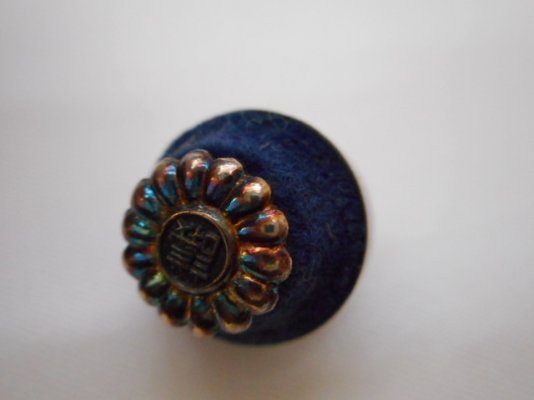 ks_m_yoshikata-img640x480-15181557511nwc2a13832.jpg65.1 KB · Просмотры: 352
ks_m_yoshikata-img640x480-15181557511nwc2a13832.jpg65.1 KB · Просмотры: 352 -
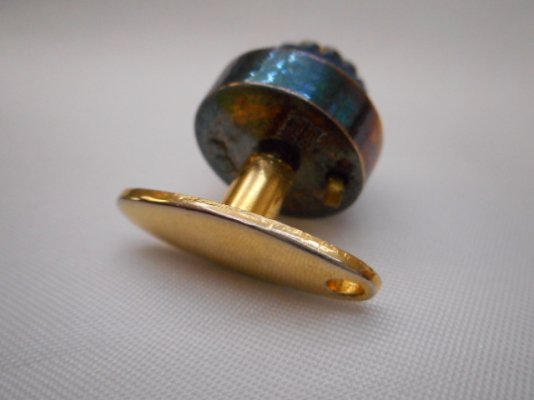 ks_m_yoshikata-img640x480-1518155751xha3ly13832.jpg68.6 KB · Просмотры: 385
ks_m_yoshikata-img640x480-1518155751xha3ly13832.jpg68.6 KB · Просмотры: 385 -
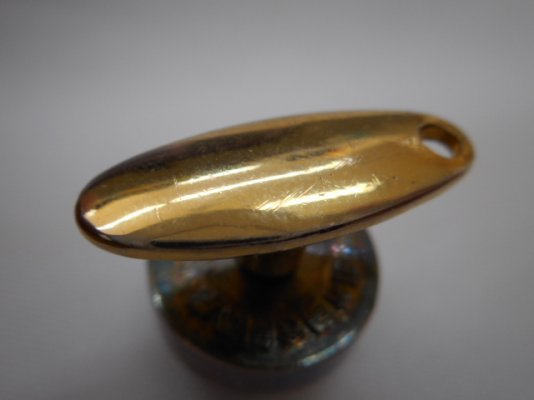 ks_m_yoshikata-img640x480-1518155751rzaphv13832.jpg65.5 KB · Просмотры: 370
ks_m_yoshikata-img640x480-1518155751rzaphv13832.jpg65.5 KB · Просмотры: 370

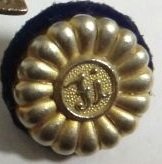

 )
)



